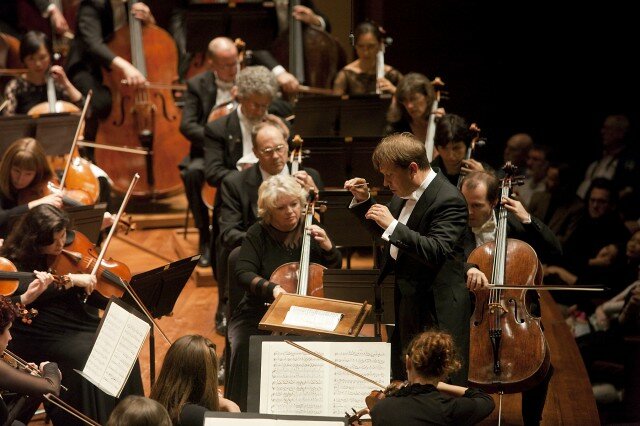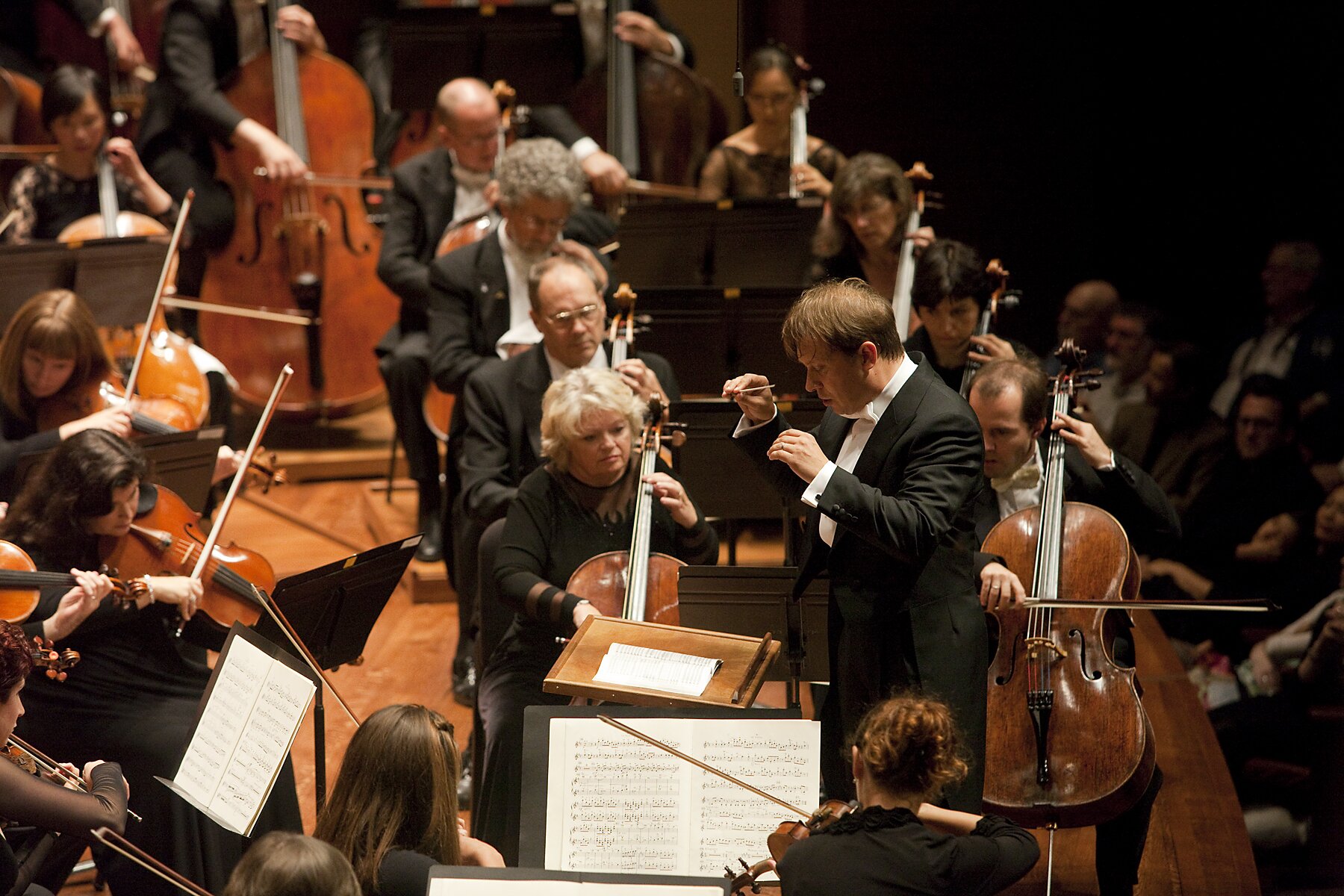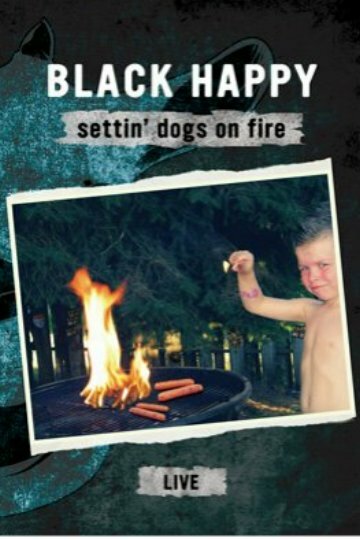
Seattle Symphony showcased the talents of one of their own this past weekend, featuring principal cellist Efe Baltacıgil in a performance of Dvořák’s Cello Concerto in B Minor. A bustling Thursday night crowd at Benaroya Hall greeted the charismatic cellist, who has won many fans among Seattle audiences since his arrival in 2011. Though the Dvořák concerto seemed to be the highlight of the evening for many symphony-goers, the March 27 concert included two 20th century gems: Claude Debussy’s La Mer (“The Sea”) and Edgard Varèse’s Déserts.
Premiered in 1896, Dvořák’s Cello Concerto in B Minor remains a favorite among audiences for its memorable themes and wide range of musical colors. Like many of the composer’s other works, the piece draws inspiration from folk tunes of Dvořák’s native Bohemia (part of today’s Czech Republic). Full of appealing melodies and exciting exchanges between orchestra and soloist, the concerto has plenty to offer for new listeners and seasoned fans alike.
This interplay between cello and orchestra makes Dvořák’s concerto the perfect work for Baltacıgil. A skilled chamber musician, the cellist blended well with the orchestra on Thursday evening. At times, the performance felt like an intimate conversation between Baltacıgil, Morlot, and the symphony. I particularly enjoyed Baltacıgil’s numerous duets with flutist Christie Reside throughout the concerto’s three movements.
Baltacıgil also knows how to take a good melody and make it sing. His lyrical solo passages in the first movement oozed tenderness, while tumultuous sections of the third movement were full of passion. The piece’s second movement balanced between the two, equal parts sweet and stormy. Although he looked quite exhausted at times, Baltacıgil handled the quick transitions between emotions with finesse.
Any signs of tiredness disappeared at the start of the third movement, the most exciting and energetic of the three. Baltacıgil tucked in eagerly, like a schoolboy reaching for a second slice of cake. He kept the energy building all the way up to Dvorak’s deliciously drawn-out finale, bringing the audience to its feet as the last notes faded.
The second half of the program featured two 20th century pieces inspired by natural environments. Varèse’s Déserts was written after the composer visited New Mexico, while Debussy’s La Mer commemorates the composer’s love of the ocean. Speaking from the stage to introduce the two works, Morlot emphasized the power of both pieces to evoke the sensory of experience of these natural environments. “They were inspired by the same journey…by the memory of being in those landscapes.”
An innovator constantly in search of new musical timbres, Varèse was one of the first composers to experiment with electronic sounds. Déserts was one of the products of his tinkering. In its original form, the piece alternated between snippets of electronic tape and music performed by a chamber orchestra of percussion, piano, woodwinds, and brass. Though Thursday’s concert featured a later version without the tape, it’s easy to imagine the work’s jagged melodic snippets and clusters of percussion juxtaposed with early electronic sounds.
Though Déserts is abstract, lacking any suggestion of a melodic theme, it doesn’t take a huge leap of the imagination to envision the desert’s stark landscape in the piece’s collection of sounds. Percussion plays a primary role in the work, which requires a veritable army percussion instruments, from woodblocks and chimes to gongs, timpani, and a dozen drums of all sizes.
It was a treat to watch Seattle Symphony’s team of percussionists in action, briskly moving between instruments across Benaroya’s vast stage. A gigantic metal sheet made a shimmering sound when struck, evoking wavering mirages tucked in the desert’s heat waves. Snare drums positioned across the stage from each other traded volleys of taps and patters. Meanwhile, reedy woodwind notes wove between majestic columns of brass sound, which towered overhead like stone monoliths.
Like the ever-changing ocean it depicts, Debussy’s La Mer is restless, shifting through a spectrum of moods and vivid musical imagery. This is a piece that’s meant to be experienced live. Under Morlot’s baton, Debussy’s music leapt to life, full of joyous energy, with melodies and colors flowing across the stage and through the auditorium.
La Mer unfolds slowly with a first movement that evokes a morning on the open sea. Snippets of melodies are heard as the ocean awakens. Particularly tantalizing were brief solo passages by concertmaster Alexander Velinzon and English hornist Stefan Farkas. Morlot and the orchestra emphasized Debussy’s unusual rhythmic patterns, evoking frolicking waves illuminated by sunbeams peeking through the clouds.
Full of quicksilver scales and chromatic runs, the second movement showcased the Seattle Symphony’s string section. Emphatic harp plucks and swooping passages accompanied the swirling string melodies. The excitement reached its peak in the third movement, which depicts the clash of wind and water. Under Morlot’s direction, I could both see and hear Debussy’s waves rippling through the orchestra from section to section.
Seattle Symphony continues the concert season with Carl Orff’s 1936 masterpiece for orchestra and chorus, Carmina Burana. The work’s famous “O Fortuna” movement has been used in countless films and TV shows. The symphony presents three performances of Carmina Burana this week from April 3 – 6.


